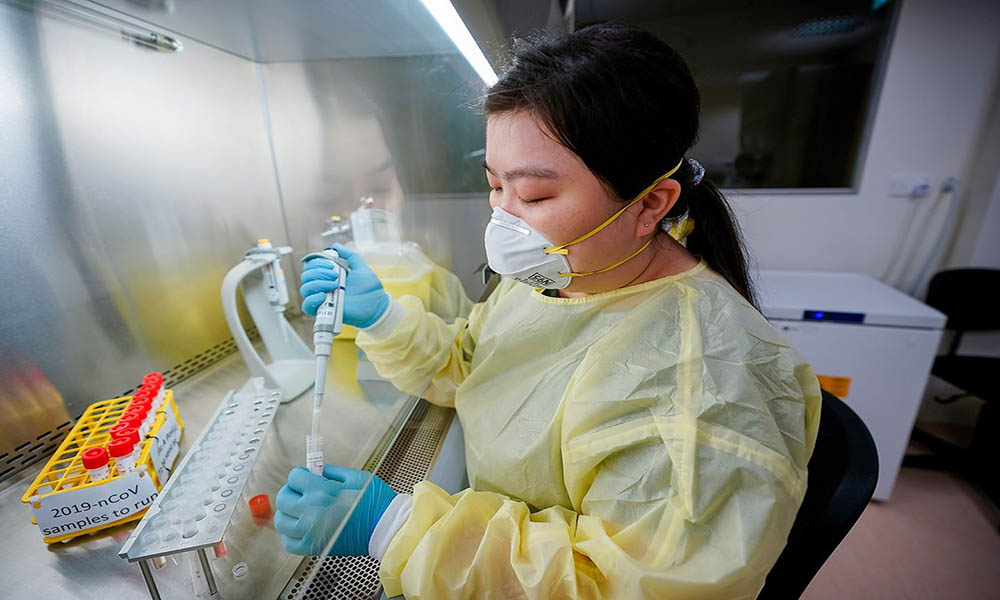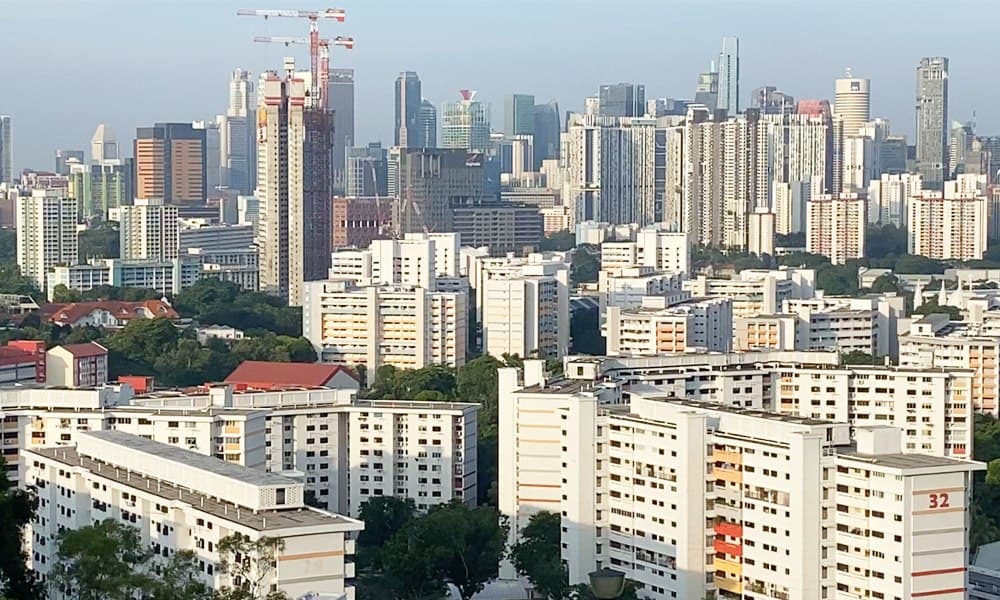By June Low
While COVID-19 is spreading rapidly throughout the world, Singapore is no longer the country with the most cases outside of China. Hailed by many as being a “model country” in terms of how it has handled the virus and its people, Singapore has garnered praise for keeping the virus under relative control.
Despite the recent double-digit increases in new COVID-19 cases, a large majority of these cases are imported, and Singapore has managed to minimise the transmissions. Here’s a look at what Singapore has done to minimise the spread of COVID-19 within the country:
1. Fast contact tracing among confirmed and suspected cases

When cases are being confirmed, intense contact tracing is performed by the Ministry of Health (MOH) and the Singapore Police Force (SPF) in order to quarantine individuals that may have had contact with infected persons. Contact tracers typically have gruelling interviews with cases to find out where they have been and, more importantly, who they have been in contact with.
Of note, a scientific breakthrough by the Duke-NUS Medical School helped link some of Singapore’s biggest clusters together: the Grace Assembly of God Church, Life Church and Missions, and the original two travellers from Wuhan were all connected by a Chinese New Year gathering. The research team from Duke-NUS successfully cultured the virus after Singapore confirmed its first case, and it then conducted laboratory tests to detect the virus-specific antibodies. They then confirmed that two cases who had attended services at the Life Church and Missions already had COVID-19 in late January, which then spread to other clusters.
With these measures, Singapore has successfully kept COVID-19 from becoming a mass outbreak.
2. Strict isolation and quarantine measures

However, effective measures require strict compliance. Contact tracing is taken seriously in Singapore and anyone who flouts the rules will face legal consequences. Once issued a stay-home-notice, individuals are required to stay home at all times and cannot leave the house, not even to get groceries.
In February, a Chinese couple was charged with giving false information during contact tracing, and they faced penalties of up to six months’ jail time and a maximum fine of $10,000, or both, under the Infectious Diseases Act for obstructing the work of health officials in order to curb the spread of COVID-19.
In another case, two foreign students had their student passes terminated by their respective educational institutions for breaching their Leave of Absence (LOA) period. A postgraduate student from the National Institute of Education flouted his stay-home-notice and falsified his travel history, and another student from the National University of Singapore breached her leave of absence.
3. Robust communication with citizens

Source: MOH
The Singapore government maintained consistent and transparent communication with its citizens, through both traditional and social media outlets. With the rise of “fake news”, it is difficult for citizens to distinguish truthful and accurate information from online rumours.
Regular communication on the importance of social distancing, staying away from crowds and washing hands was started even in early February, when the virus started to hit Singapore. The government mobilised all communication channels, even on Whatsapp and Telegram groups, to provide citizens with up to date information from the authorities.
From another perspective, it is important to keep citizens calm in the face of crisis, and to avoid extreme behaviours. The authorities constantly tried to reassure citizens that stocks would not be depleted and that there was no need to stockpile, and always prepared Singaporeans for the next steps ahead. Building trust between citizens and the government helps to reinforce the efficiency of the communication, and to carry out measures effectively.
4. Previous experience of SARS in 2003


In addition, Singapore, like Hong Kong and Taiwan, had the previous experience of SARS in 2003, which revealed the country’s lack of preparation against epidemics. Since then, the National Centre for Infectious Diseases (NCID) was upgraded just to handle an outbreak with a scale like SARS’. More hospitals like Sengkang General Hospital and Ng Teng Fong General Hospital have been opened since then, equipped with isolation rooms to deal with potential infectious outbreaks.

Source: MOH
In 2003, when SARS came unexpectedly, healthcare workers also faced a shortage in medical supplies like N95 respirators and full-body equipment, but now, healthcare workers are sufficiently equipped to deal with such diseases. Temperature screening devices were unheard of in 2003, but after the experience of SARS and even H1N1 in 2009, now they are being employed widely across the island. The DORSCON (Disease Outbreak Response System Condition) was also implemented shortly after the experience of SARS, and enabled Singapore to swiftly roll out measures to tackle COVID-19.
















